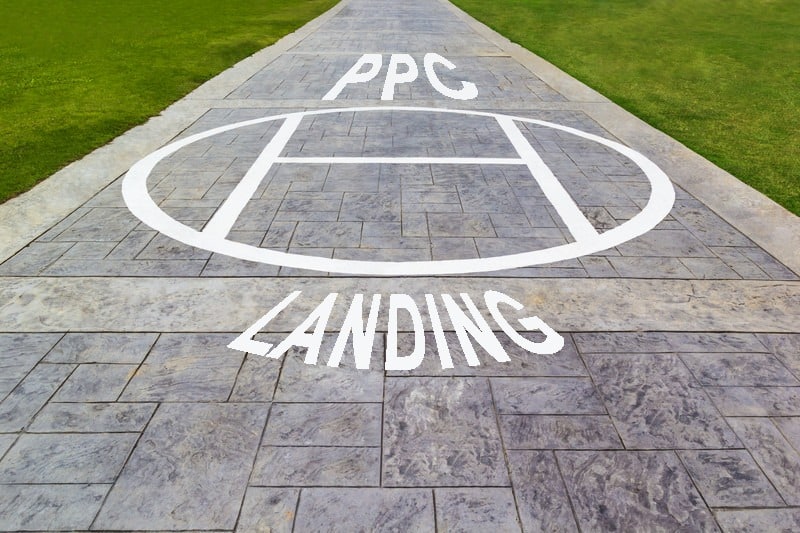
By Colin Brotherton
As a PPC Specialist, there’s nothing more frustrating than when the flow of form leads slow. Sure, calls are nice, but nothing can replace the sweet satisfaction of seeing a form lead roll in. It means knowing someone took the time to fill out some personal info and submit it.
There’s also nothing more disappointing than seeing those form leads fall off. And, after doing a little detective work in your campaigns, you’re stuck. Nothing is really sticking out. Spend seems to be going in all the right places, nothing is monopolizing budget.
It’s not you – it’s the landing page.
You could be doing everything right to get people to click on your ad, but if
they don’t like the landing page then they’re not going to convert.
That’s why it’s key to test out different landing page variants to find out what gets people to convert.
Different Strokes for Different Folks
There’s really not a one-size-fits-all approach when it comes to landing pages. You can’t guarantee that just because one page converts well in Connecticut that the same page is going to do just as well in Indiana.
And there’s a whole host of reasons why. It could be anything from the length of the form, to the copy, to the images, to the overall layout of the page. But you should never change all of these things at once. Start with the form, then if that doesn’t work, try a different image and so on.
Granted, good landing pages all have similar elements, so it’s not like you need to re-invent the wheel when setting up a page. It’s important to get a good baseline of results you can spring from.
Nothing Changes if Nothing Changes
If you’re not actively A/B testing landing pages, how can you expect results to improve? You could have the best ad copy and your ad sitting at the top of the SERP page but if your landing page isn’t converting traffic then you’re not going to see those form leads start to magically roll in.
There are obviously a lot of different factors at play when it comes to PPC marketing – a lot of it being completely out of a specialist’s hands – that’s why it’s vital to do everything in your power to manipulate some of the few things campaign managers can control.
And it’s not like we’re talking crazy changes either—it’s surprising how much a small, simple change can affect the conversion rate of your page.
Things Could Always Be Better
Even if you’re running successful campaigns, they can always be better. It’s easy to look at a poor performing account and say, “Wow, this has been sucking, I need to do something to start getting results.” It can be a little trickier to look at an account that’s performing well and think something needs to change.
“If it ain’t broke don’t fix it,” right? After all, you already know what works, so you always have the option to go back to the way things were. But you owe it to yourself to test variants. And if image B performs even 2% better than image A, then that’s a win.
More importantly, it’s an insight you would have never gotten without testing!
Conclusion
The bottom line is testing landing pages is vital to PPC success – whether it’s getting struggling accounts to perform or making good accounts better. It’s something good PPC specialists are always doing – there’s always new insight to be had and it’s just as important to learn what doesn’t work just as much as what does.
About the Author
Colin Brotherton is a paid search specialist running campaigns in Google, Microsoft and Facebook. When he’s not clicking away at work he enjoys being outside as much as possible, playing music, and watching sports.

